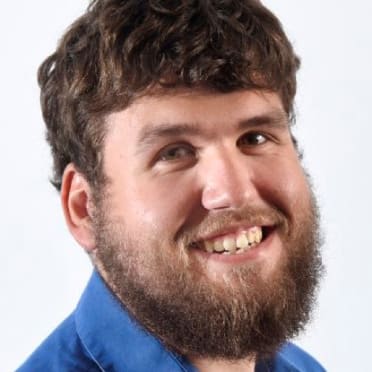The Orioles are hopeful the momentum from their breakthrough 2022 season -- an encouraging year that signaled a move from a rebuilding phase to contention -- can carry over into '23. It won’t be much longer before they’re reporting for Spring Training in Sarasota, Fla., in February and starting preparations for a new campaign.
As the calendar turns, here are three topics I’ve been thinking about regarding the O’s.
1. Should Baltimore consider a six-man rotation for 2023?
Opening Day may not be until March 30, but it’s not too early to start mapping out the Orioles’ projected rotation for the upcoming season. However, the list of candidates is quite large, and it may continue to grow.
Kyle Gibson will have a spot after signing a one-year, $10 million contract. The 35-year-old may even start the opener in Boston. That is, unless Baltimore acquires another starter via free agency or trade, which remains a solid possibility. The O’s have remained in the market and expressed their desire to land another big league-caliber starting pitcher.
Dean Kremer, Kyle Bradish and Tyler Wells each pitched well enough at times this past season to be in the rotation again. Grayson Rodriguez (the Orioles’ No. 2 prospect and the No. 4 prospect in baseball, per MLB Pipeline) has a strong chance to break camp with the team.
DL Hall (Baltimore’s No. 6 prospect), Austin Voth and Mike Baumann are also in the mix.
“The more depth you can have in the rotation, obviously the better,” manager Brandon Hyde said. “We’ve got to stay fortunate with injuries, and you’re always worried about things in Spring Training. Right now, the core guys we have rotation-wise had a lot of success that second half, and I want to see them build on it.”
But if everybody stays healthy, maybe a six-man rotation could work best for the O’s. Outside of Gibson and Voth, none of these pitchers has logged more than 131 1/3 innings in a professional season. Baltimore may also want to ease John Means into the fold slowly once he’s recovered from Tommy John surgery and returns midseason.
At the least, Voth could serve in a swingman role, which would help lessen the workload for some of the Orioles’ younger arms and could expand the rotation size to six at times.
2. Will the O’s continue to find ways to get Adley Rutschman in the lineup more?
The Orioles likely wish Rutschman could be behind the plate for all 162 games. That’s not realistic, though, due to the physical toll taken on catchers, which is why even the best and most durable backstops aren’t back there for more than about 120-130 games in a season.
General manager Mike Elias sees that range as the “max scenario” for Rutschman in 2023, in terms of his time behind the dish. But there could be ways for Baltimore to get his bat -- which was key to its offense this past season, and will continue to be in the future -- in the lineup a bit more often.
Rutschman made 23 starts at designated hitter this past season. The 24-year-old also made 30 appearances at first base over two years in the Minors.
“I think whether or not he plays any first base will depend on what we do the rest of our offseason with other position-player acquisitions. I definitely think he'll be playing some DH,” Elias said. “I think we want him back there catching as much as he can while not wearing his body down to where his performance suffers.”
As long as Rutschman stays healthy and proves he can handle it, then the more the Orioles can get him in the lineup, the better. He’s their franchise cornerstone for a reason -- his pure talent.
3. The kids are growing up and learning how to be leaders
With veterans such as Robinson Chirinos, Jordan Lyles and Rougned Odor now free agents (and growing less likely to return), the Orioles wanted to add some experienced players to their roster this offseason. They’ve done that with Gibson and 31-year-old infielder/outfielder Adam Frazier, who immediately became their two oldest players.
But Hyde raised an interesting point at the Winter Meetings: Baltimore’s younger players aren’t only maturing on the field, but in the clubhouse as well. Soon, they can become leaders themselves.
“Some guys are going to step up into that type of role and be more comfortable talking in meetings and holding guys accountable a little easier,” Hyde said. “Now that these guys have played together and seen kind of what it looks like and what winning feels like, you want to believe that some of these guys can take the next step in their career.”
It’s easy to envision players such as Austin Hays, Cedric Mullins, Anthony Santander and more doing that in 2023.



